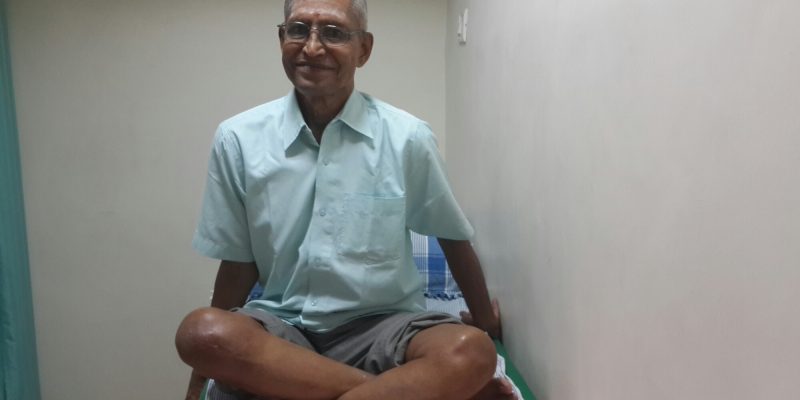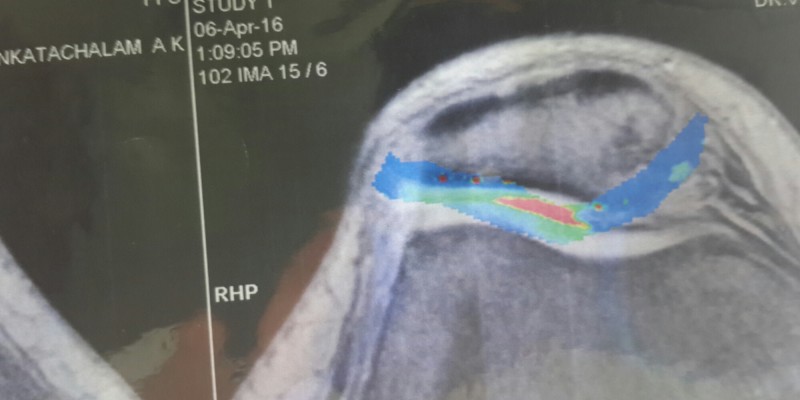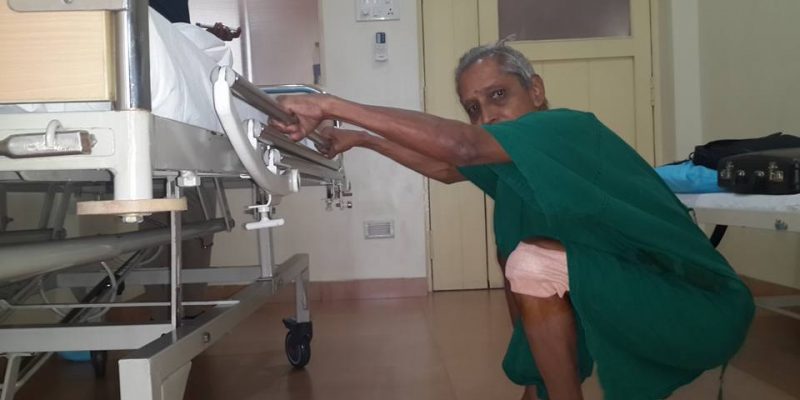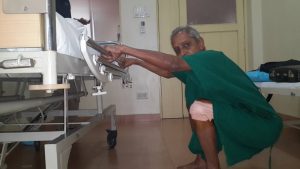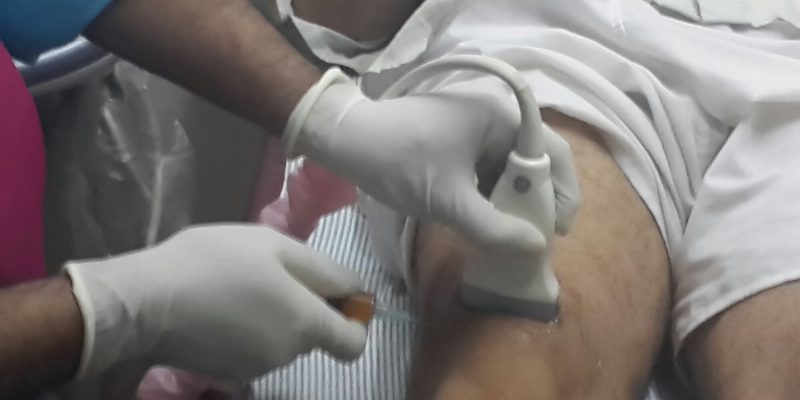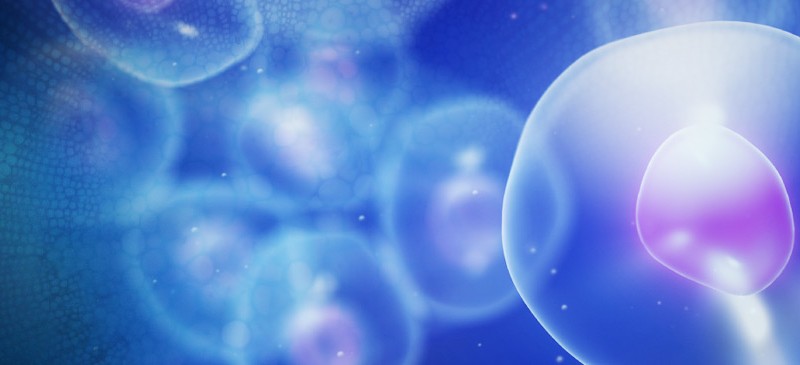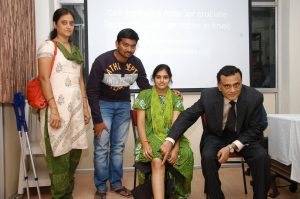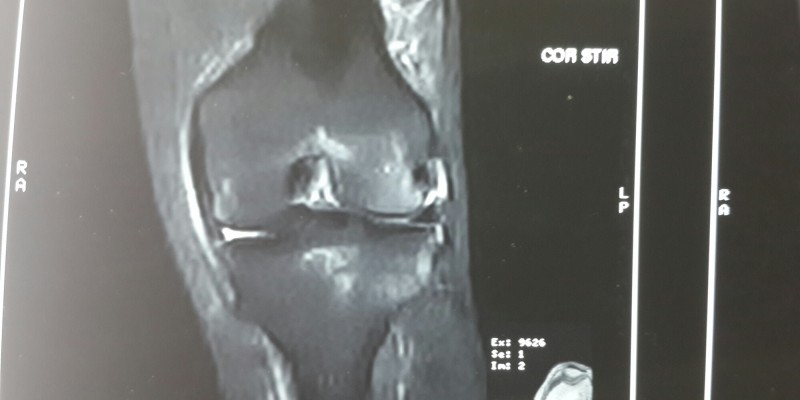Have you got Osteo-arthritis of knees in India. While you might have heard of TKR, chances are that you may not be aware of Medicinal signaling cell (MSC) treatment. See how this gentleman benefited from both types of treatment, one in each leg. At the end of the day, cell therapy is good in pain relief and functional improvement. If you want Medicinal signaling cell treatment in Chennai, India, e mail drvenkat@kneeindia.com
